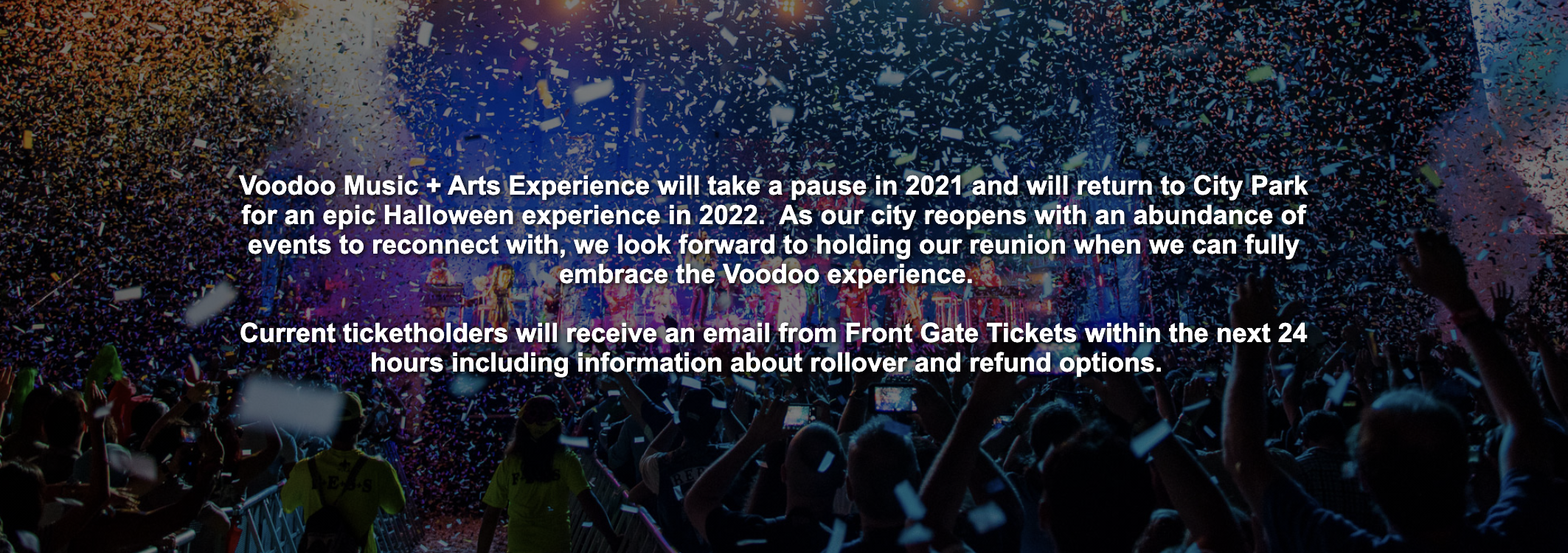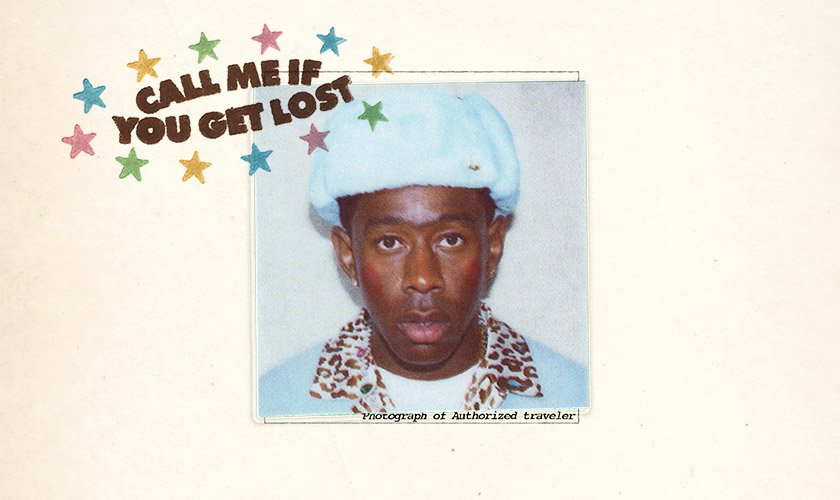Voodoo News: Voodoo Changes Its Story

Changes last year helped the Halloween weekend festival change its tune.
Last year, the Voodoo Music and Arts Experience changed its narrative for the better. The Halloween weekend festival swapped its second main stage for Le Plur in 2010, and the changes it endured in the following years appeared to tell the story of a festival in decline. Some indicators were misleading and some weren’t Voodoo’s fault. Rock as a market force and mode of musical expression has been on the decline for years, and in 2010 Voodoo dedicated the budget that once paid for acts on the second main stage to electronic acts, who we now know make the music that the Voodoo target audience listens to. The audience at Le Plus now equals and at times exceeds the one at the Ritual stage, and EDM has grown to the point that Deadmau5 was scheduled to close out Voodoo 2015 on the Ritual stage if the day hadn’t been rained out. Still, when Voodoo made the change in 2010, festival fans saw as the end of something that made Voodoo special—big acts ping-ponging from opposite ends of a football field.
For years, Voodoo had occupied a number of spaces in City Park—Tad Gormley Stadium and Marconi Meadows pre-Katrina, then in front of City Park for Voodoo 2006. It centered on Roosevelt Mall for years before City Park moved all festivals to its then-new Festival Grounds in 2013. The smaller footprint didn’t allow the six stage Voodoo had used in the years before, and it didn’t really accommodate the four stages the slimmed-down festival employed. Sound bleed from the Ritual and Le Plur stages made life tough for fans and artists on the two smaller stages adjacent to them.
For fans spoiled by the variety of options that Jazz Fest and French Quarter Fest offer at any one time, the pared-down stage count was another step backwards, and with it came a decreased local representation—another strike. Local bands weren’t a major part of the festival’s DNA, and the addition of New Orleans to the lineup was a post-K move. In truth, it was always a well-meant, awkward fit. The increased local contingent may have broadened Voodoo’s reach and offered its core audience something new with roots, but it produced a schizophrenic festival. One audience hung out on the Frenchmen Street-like row of stage while another camped out at the main stages for commercial rock bands, and once Le Plur opened, a third focused on EDM. Since the row of New Orleans stages was the most lightly attended part of Voodoo, it was likely always more of a value-add for ticket buyers than something that genuinely drove revenue. Still, slimming down to four stages dimmed some of Voodoo’s local connection as well as its excitement. With two fewer stages, lineup announcements included six fewer big names to build buzz, and for those not into electronic music, Le Plur’s lineup meant the talent announcement included 15 to 20 names that didn’t mean anything to those who’d attended Voodoo for years.
The rainy, muddy Voodoo 2015 ended with the festival’s first rain-out as it canceled its final day because the Festival Grounds had deteriorated so badly over the course of Saturday night. Ironically, that Sunday rain-out started to change Voodoo’s story. Tickets made it clear that they were rain or shine, and that Voodoo didn’t owe anybody anything, but the decision to take care of fans and refund tickets anyway put Voodoo in a positive light, even as it lost a day to a few acres of soupy mud.
Last year was the first time C3 Presents produced Voodoo, and the choices it made were all for the better. The sound bleed issues were solved by reorienting the Le Plur stage so that its music didn’t affect other stages, and the two side stages alternate with the Ritual stage. They’re dark when it’s live, and visa versa. That prevented sound bleed, but it also translated to better crowds on the side stages since there was nothing to see on Ritual while they were on. That made sets at Voodoo last year feel more like events, and the more intuitive map made the festival seem more logical. It helped that once again, Le Plur lived in its own world in one quadrant of the grounds, so being there felt like an experience shared with a community and not simply another attraction out of many.
Will this year build on last year’s success? Obviously, we won’t know until the weekend. It will suck if the family emergency that prompted Foo Fighters to postpone the rest of their shows this week forces them to back out of Voodoo as well, and with chances of rain forecast for Friday and Saturday, the improvements that City Park and Voodoo made to the Festival Grounds’ drainage may be tested. Still, the lineup gives us reason for optimism, and one thing that has proven true over the years is that lineups solve all problems. Many of the biggest names on the bill—Kendrick Lamar, LCD Soundsystem, Foo Fighters and The Killers—have new music out this year, and artists people are talking about including Post Malone, Miguel, Kehlani, and Dillon Francis will be there. In short, Voodoo will be one of the things that matters most. It will be relevant.






